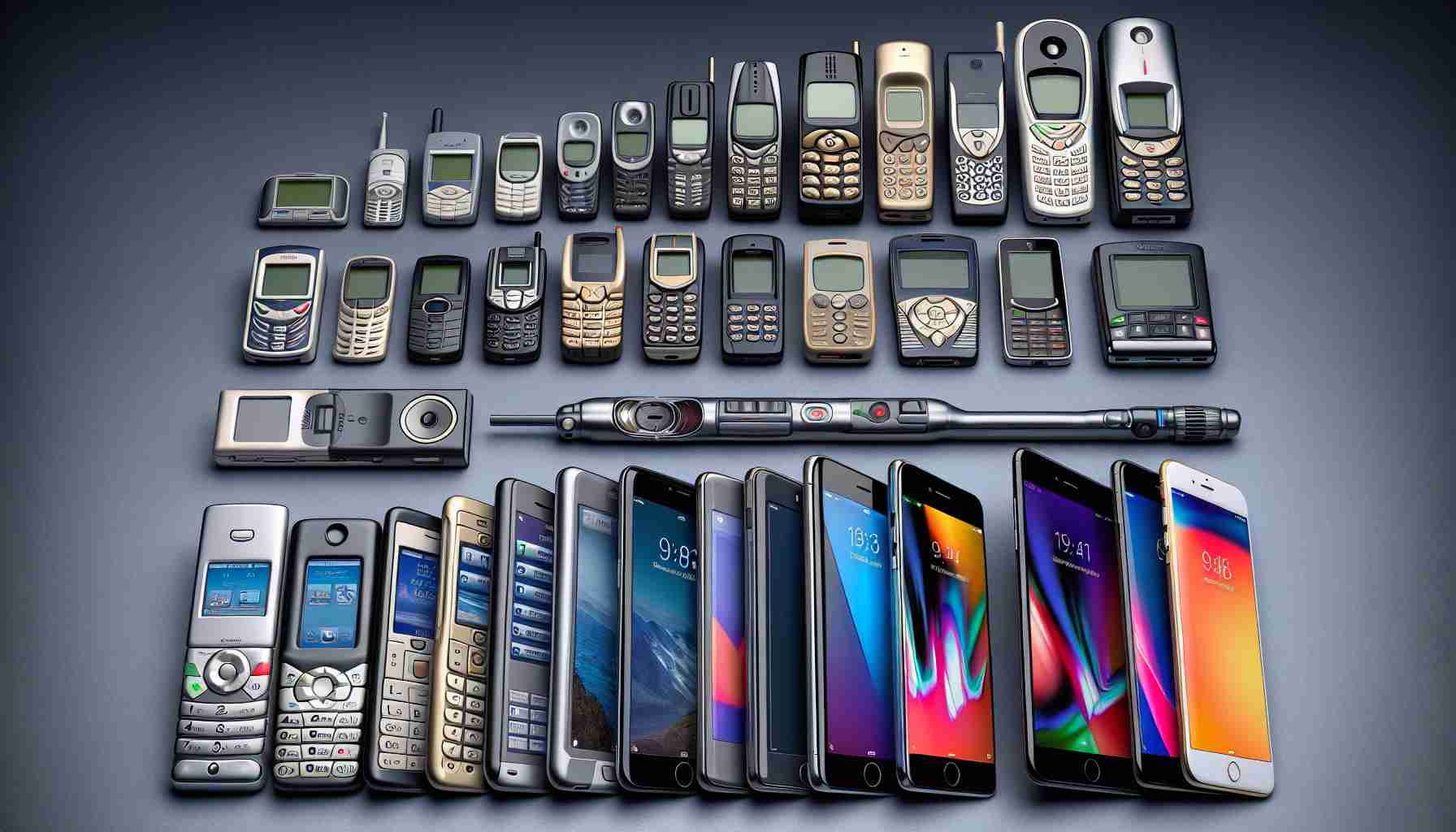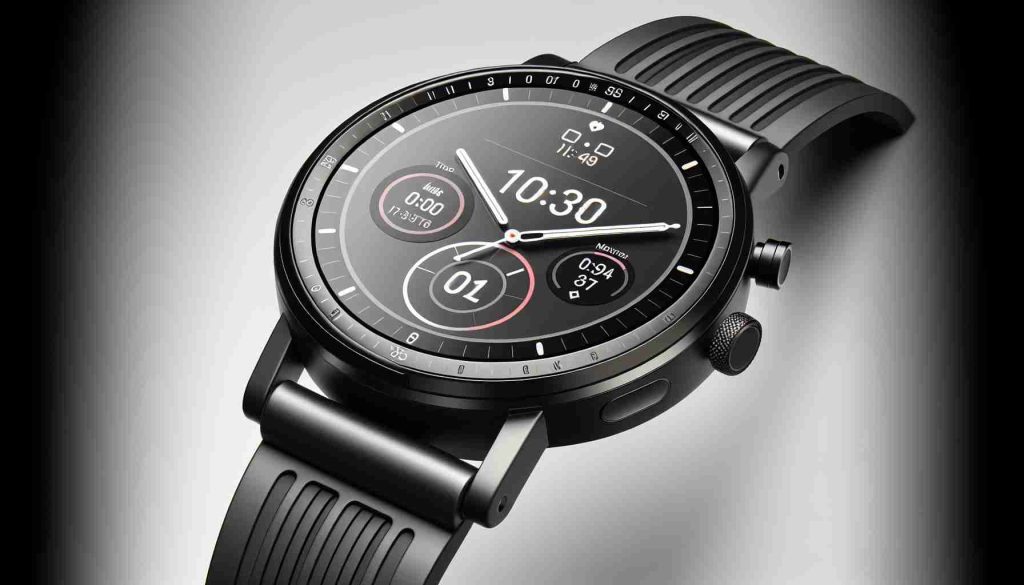In the rapidly advancing world of technology, the design of smartphones has undergone significant transformations throughout the years. From the days of bulky, brick-like devices to the modern, sleek and slim handsets we see today, the evolution of smartphone design has been nothing short of remarkable.
With advancements in technology, manufacturers have been able to make smartphones thinner, lighter, and more aesthetically pleasing without compromising functionality. The shift from physical buttons to touchscreens revolutionized the industry, paving the way for larger screens and immersive user experiences. Additionally, the introduction of curved screens and edge-to-edge displays opened up new possibilities for design and interaction.
Furthermore, smartphone cameras have also seen remarkable improvements in design. From single-lens cameras with average image quality, we now have multiple-lens setups with advanced sensor technologies, capable of capturing stunning photos in various lighting conditions. The integration of these powerful cameras into the sleek design of smartphones has changed the way we document our lives and engage with social media.
Another significant aspect of smartphone design evolution is the increased focus on materials and build quality. Smartphone manufacturers have moved away from plastic bodies towards more premium materials like metal and glass, giving devices a more premium look and feel. This shift in design not only enhances the overall aesthetics but also improves durability and longevity, ensuring that smartphones can withstand the demands of daily use.
In conclusion, the design of smartphones has come a long way over the years. From bulky and utilitarian devices to sleek and stylish companions, smartphone design has embraced advancements in technology to provide users with powerful and visually appealing devices. As technology continues to evolve, we can expect further innovations and exciting design developments in the future.
Frequently Asked Questions (FAQ)
1. How has smartphone design changed over the years?
Smartphone design has undergone significant transformations, moving from bulky, brick-like devices to modern, sleek and slim handsets. Design advancements have resulted in thinner, lighter, and more aesthetically pleasing smartphones without compromising functionality.
2. What revolutionary change in smartphone design paved the way for larger screens?
The shift from physical buttons to touchscreens revolutionized the industry, allowing for larger screens and immersive user experiences.
3. What new design possibilities have been introduced with curved screens and edge-to-edge displays?
The introduction of curved screens and edge-to-edge displays has opened up new possibilities for smartphone design and interaction.
4. How have smartphone cameras evolved in terms of design and image quality?
Smartphone cameras have seen remarkable improvements in design. We now have multiple-lens setups with advanced sensor technologies, capable of capturing stunning photos in various lighting conditions.
5. How has the focus on materials and build quality changed in smartphone design?
Smartphone manufacturers have moved away from plastic bodies and started using more premium materials like metal and glass. This shift enhances the aesthetics, durability, and longevity of devices.
Key Terms and Jargon
1. Touchscreens: The type of display technology that allows users to interact with their devices by touching the screen directly.
2. Curved screens: Screens that have a curved shape, providing a more immersive viewing experience.
3. Edge-to-edge displays: Displays that cover almost the entire front surface of a smartphone, minimizing bezels and maximizing screen-to-body ratio.
4. Multiple-lens setups: Smartphones with more than one camera lens, allowing for different focal lengths and enhanced photography capabilities.
5. Sensor technologies: Advanced technologies used in smartphone cameras to capture and process images under different lighting conditions.
Suggested Related Links
1. Apple – Official website of Apple, a leading smartphone manufacturer known for its innovative designs.
2. Samsung – Official website of Samsung, another major smartphone manufacturer with a wide range of design options.
3. LG – Official website of LG, a smartphone manufacturer known for its unique and stylish design choices.
The source of the article is from the blog kunsthuisoaleer.nl








